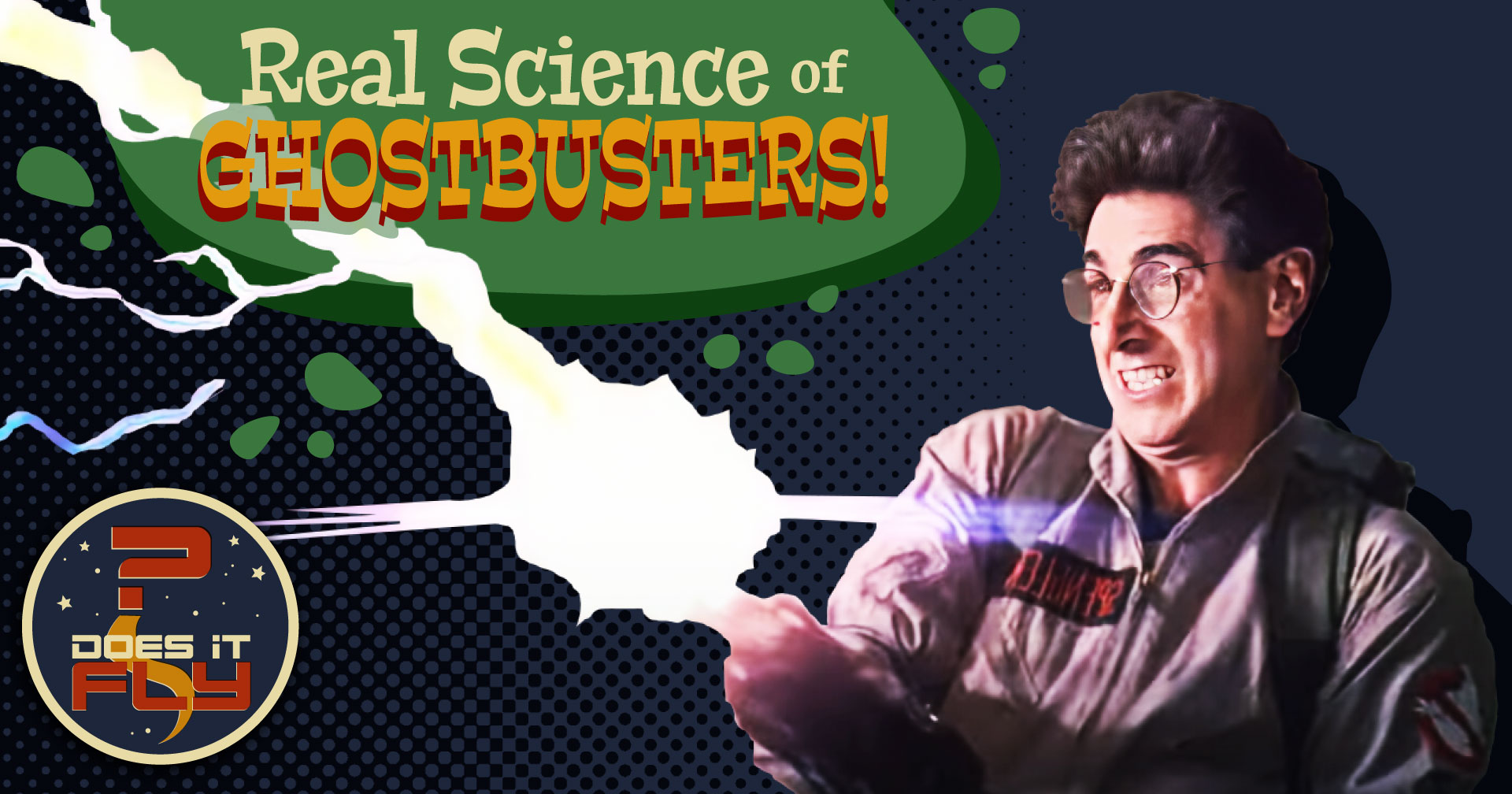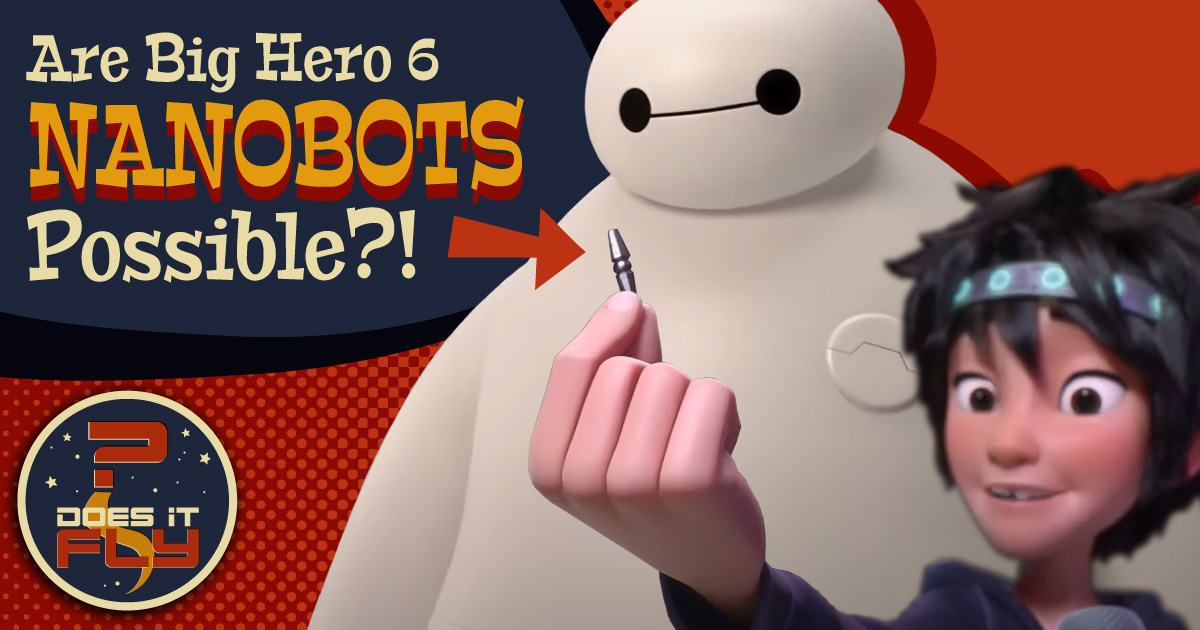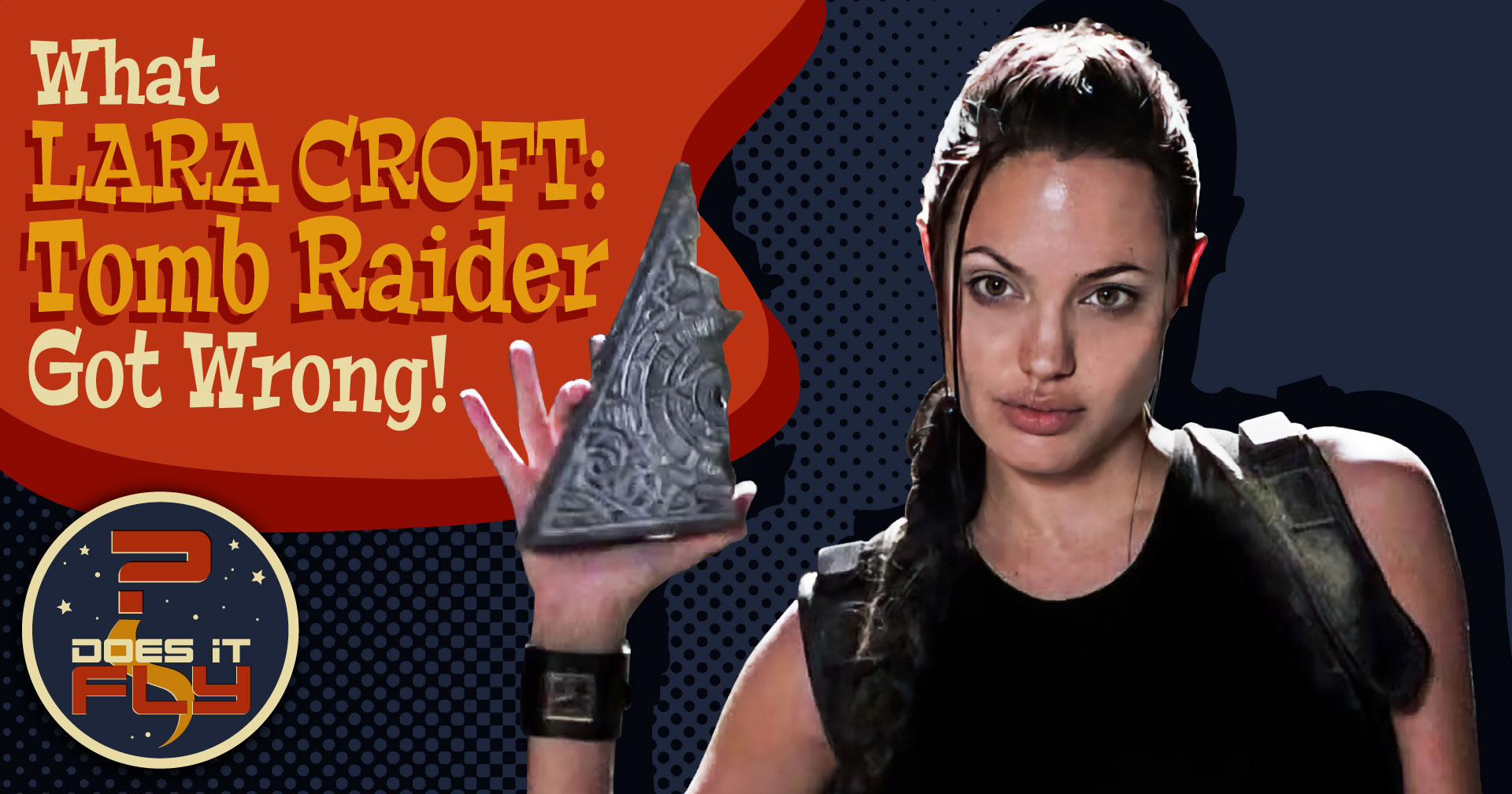What the Lara Croft: Tomb Raider Movie Got Wrong
The first Tomb Raider movie featured a device known as the “Triangle of Light” which has some weird and fun real world parallels!
This episode of Does it Fly? is presented by Netflix, the exclusive home of Tomb Raider: The Legend of Lara Croft, starring Hayley Atwell, Allen Maldonado, Earl Baylon, Richard Armitage, and Zoe Boyle. Tomb Raider: The Legend of Lara Croft is now streaming only on Netflix.
2001’s Lara Croft: Tomb Raider movie is perhaps best remembered for the near-perfect casting of Angelina Jolie as the iconic video game character. And if you think it might seem an odd fit for an episode of Does it Fly? we would like to point out a few things that will correct the record on that front. For while this may not be the most well-loved action movie of its generation, it has all the elements that get us excited to talk about a project.
Well, one element that contains multitudes, we should say. This movie’s “MacGuffin” has it all! It’s made from meteorites, which help grant it some strange and otherworldly powers. It only reveals its true power during the confluence of specific astronomical events such as planetary alignments or solar eclipses. It can be used to control time itself, and as you know, we love trying to wrap our heads around time travel story and science logic on this show (see our Doctor Who and Back to the Future and Terminator episodes for examples).
What will Hakeem and Tamara find on this adventure and bring back for us to learn? Watch the latest episode of Does it Fly? right here or check it out on our YouTube page to find out!
SUGGESTED VIEWING
To thoroughly enjoy this week’s episode of Does it Fly? we do suggest you watch the generally maligned (although not by the great Roger Ebert) Lara Croft: Tomb Raider movie starring Angelina Jolie. This was followed in 2003 by the generally better regarded Tomb Raider: The Cradle of Life movie, also starring Jolie, although we aren’t covering that in this episode. However, both of these movies were directed by fairly well-respected action movie helmers, with the first film coming from Simon West, whose masterful Con Air is a must watch for genre fans. The second film was directed by Jan de Bont, and we covered his most beloved film, Twister, in an earlier episode of DiF which you can watch here. There’s another big screen Lara Croft adventure, titled simply Tomb Raider (2018), a complete reboot of the movie franchise which starred Alicia Vikander.
But for our money, the best version of the mythos to hit the (non-video game) screen so far is Netflix’s brand new Tomb Raider: The Legend of Lara Croft animated series on Netflix, which fills in a lot of the blanks of the video game lore while also standing completely on its own for fans who are just looking for a rollicking adventure story.
FURTHER READING
Do you want to delve a little deeper into the facts, concepts, and stories Hakeem and Tamara referenced in today’s episode? Of course you do!
Types of Meteorites and Protoplanets
The Triangle of Light in this movie is made from meteorites, of which there are three types, as Hakeem explains in the episode. But just to make the film’s MacGuffin a little more weighty, it can be tied to the origin of the solar system itself, and the existence of what were known as protoplanets. It doesn’t necessarily make this one make more sense, but it’s still pretty cool! Some great examples of what happens when meteorite chunks hit our world, pay a visit to Barringer Crater in Winslow, Arizona or check out the amazing Hall of Meteorites in New York City’s Museum of Natural History!
Isotopic Ratios
To take this even deeper than perhaps the Triangle of Light warrants, it’s the study of isotopic ratios that makes scientists able to determine where the elements that make up life on our world come from, and compare it to what’s found in comets, asteroids, and other heavenly bodies.
Planetary Alignments
This movie and many others make a big fuss about the supernatural possibilities that are brought about by a planetary alignment, even though it’s a (relatively) common astronomical occurrence. They’re still cool, though, and you can learn about them (and when to see the next one) right here!
The Plane of the Ecliptic
To better understand why “the planets are always aligned” as Hakeem put it, as well as that cool party trick about distance from the sun, check out this very helpful explanation.
“Any sufficiently advanced technology is indistinguishable from magic.”
The famous Arthur C. Clarke quote brought to us by Tamara this week is one aphorism that comes from what has come to be known as “Clarke’s Three Laws.”
MacGuffin
While the case can certainly be made that Alfred Hitchcock perfected the MacGuffin in storytelling, another writer from Hollywood’s golden age is also often credited as the originator of the term!
In Review…
You might want to read that amazing Roger Ebert review of Lara Croft: Tomb Raider that Tamara found in full. Check it out here.
WANT MORE FROM DOES IT FLY?
OK, fine, people don’t exactly love the new Joker movie. So let us remind you why the Joker in Batman (1989) was so scary…it’s because of how realistic his chemical weapon plan was!
Beetlejuice Beetlejuice just hit streaming, so revisit the first movie with us as we try to scientifically prove that demonic possession is a thing!
FOLLOW US!
Stay in the loop! Follow DoesItFly? on YouTube and TikTok and let us know what you think!
And don’t forget to follow Roddenberry Entertainment:
Instagram: @RoddenberryOfficial
Facebook: Roddenberry
Twitter: @Roddenberry
For Advertising Inquiries: doesitfly@roddenberry.com
MORE EPISODES

The Real Science of Ghostbusters Proton Packs
Does the proton pack from Ghostbusters have any basis in real world science?

Star Wars: What Are Lightsabers Really Made Of?
The most iconic weapon in all of science fiction, the lightsaber from Star Wars, is also one of the most technically, scientifically, and even story logic complex, as well. It’s time to dive in and figure out just how realistic it might be.

Is Big Hero 6 The Most Realistic Marvel Movie?
We’re taking a closer look at the real world precedent for the microbots in Disney and Marvel’s Big Hero 6 in our latest episode.


